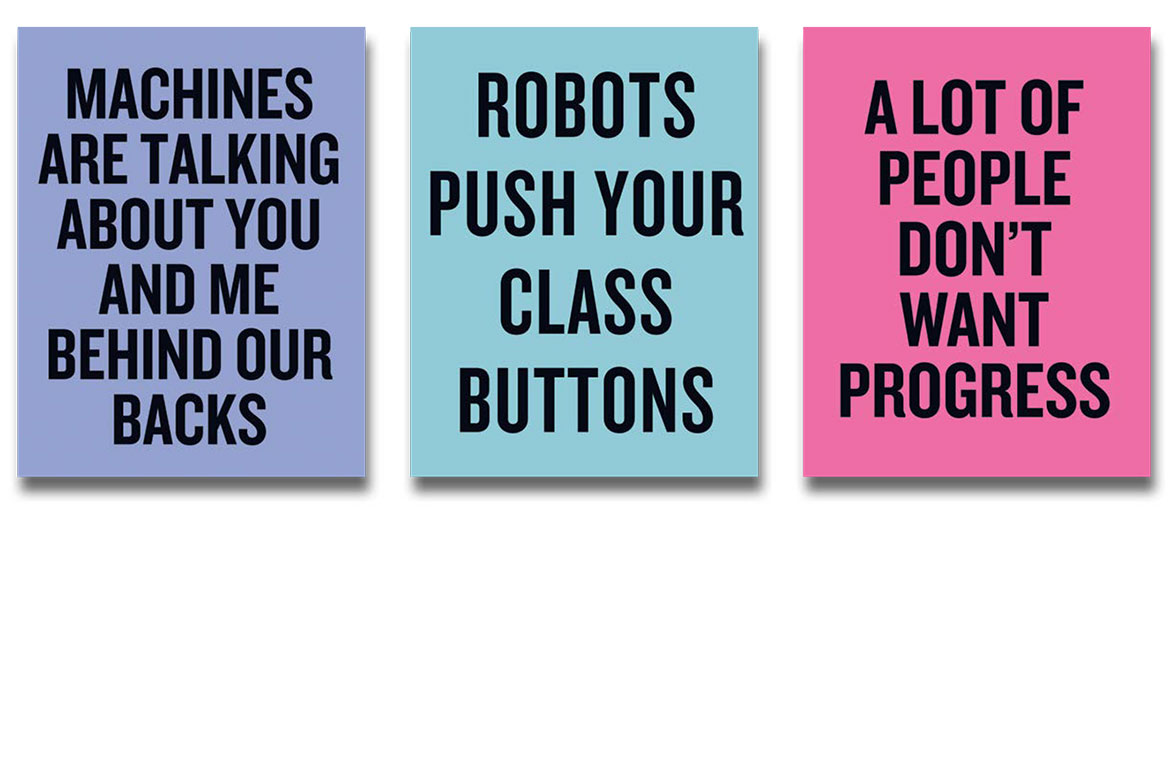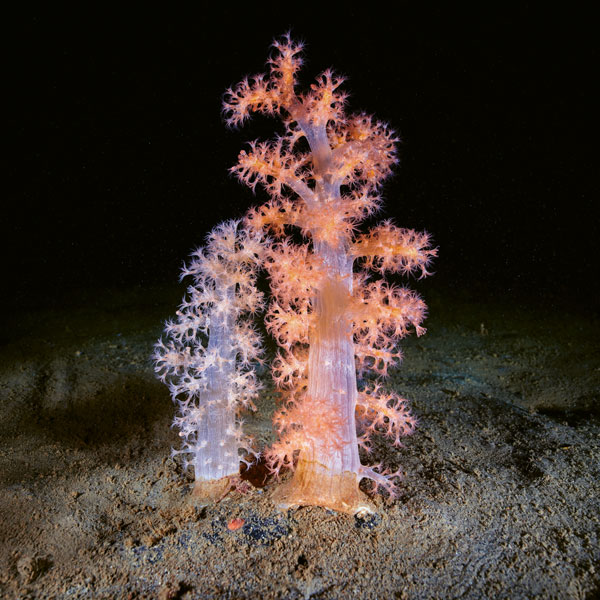The siren sounds of closed-loop systems
Fish fertilise lettuce with their excrement, and are provided with clean water in return. The idea behind aquaponics sounds irresistible. But the technology just isn’t taking off.

Aquaponics plants were also presented at Expo 2015 in Milan as a technological vision of the future. Here we see a plant in the Belgian Pavilion. | Image: Pietro Baroni
Investors were enthusiastic, the media was full of praise, and the Federal Council full of hope: in 2015, the then agriculture minister Johann Schneider-Ammann took his fellow agriculture ministers from Germany, Austria and Luxembourg on a tour through a greenhouse in the Dreispitz-Areal site in Basel. But it wasn’t any common-or-garden greenhouse. It was ‘revolutionary’, claimed Urban Farmers, the start-up company running it.
Urban Farmers had set up the first commercial aquaponics plant in Switzerland, situated on the roof of a locomotive depot. This technology combines fish farming and crop cultivation. The key to it is a water and nutrient cycle in which fish excrement fertilises vegetables grown in their water, which in return cleanse the water for the fish. The advantage of this is that it saves water, and needs neither soil nor fertiliser to grow the vegetables.
This all sounds too good to be true. And the revolution has still not quite taken off. In early 2018 the Urban Farmers project in Basel came to an end. New projects were set up in Wallisellen near Zurich, and in The Hague in the Netherlands, but came to grief not long after. The other commercial aquaponics projects currently running in Switzerland can be counted on the fingers of one hand.
You need bacteria too
Ranka Junge heads the Research Unit Ecotechnologies and Energy Systems at the ZHAW Zurich University of Applied Sciences. She has been researching into aquaponics for several years, including at a plant run by the ZHAW in Wädenswil. She insists that there are several reasons why the technology has remained on the commercial margins up to now. For one thing, the hype was just too big, she says. “People forgot that this is a technology that’s still in development”.
This is true both for the technology needed for such closed-loop systems, and for our understanding of the ecological processes involved. Both these aspects are more complex than one might suppose at first glance. Besides the fish and the plants, a multitude of microorganisms are an indispensable component of the cycle. For example, nitrogen is an important nutrient for plants, and the fish excrete it in the form of ammonia. But if the pH values are high, some of this ammonia is converted to ammoniac, which is poisonous to fish and can only be utilised in part by the plants. Bacteria are needed to transform this into nitrites and thereafter into different nitrates that can be absorbed by the plants. And these bacteria in turn perform many other metabolic processes.
Junge and her team are now tracking the flow of nitrogen in a research project at their aquaponics plant. Using modern metagenomics, they determine what microorganisms participate in what metabolic processes in what compartments of the plant, what reactions take place, and where. Junge is certain that the answers to these questions will lead to greater control over the processes taking place in aquaponics plants. It will also help us to design these plants so that they are more economic.
There is a second problem preventing the commercialisation of aquaponics, and it’s far more mundane. “Switzerland is simply a bad place to run such operations”, says Junge. “It’s unable to make use of its main advantages”. Switzerland has an abundance of manure, its soils are rarely polluted with heavy metals, and they are ideal for agriculture. So there’s almost no pressure to set up vegetable cultivation away from the soil. And as for saving water – Switzerland is Europe’s natural water reservoir, and there’s no economic reason for saving what’s already here in abundance.
“What’s more”, says Junge, “if you go into aquaponics, you’re basically going into farming. You could earn a living from an aquaponics plant if it were big enough, but it’s not going to make you rich”. Lettuce, cucumbers and tomatoes aren’t top-price products, nor is tilapia, the fish most commonly used in aquaponics plants.
According to Werner Kloas, this is also one of the main reasons why aquaponics technology hasn’t yet achieved a breakthrough on the market. “Every plant that’s been built up to now has simply been too small”. He’s the head of the Department of Ecophysiology and Aquaculture at the Leibniz Institute of Freshwater Ecology and Inland Fisheries in Berlin. The Urban Farmers plant in The Hague is 1,600 square metres in size, and it’s believed to be the biggest rooftop farm in Europe. But Kloas estimates that a plant would have to be about 10,000 square metres in size before it could make a profit.
Philipp Gschwend is the manager of Ecco-Jäger, a fruit and vegetable wholesaler based in Bad Ragaz (canton of St Gallen). He set up Switzerland’s biggest rooftop aquaponics farm in 2015, and he’s of a similar opinion to Kloas. Gschwend has a greenhouse 1,000 square metres in size for growing herbs, while he breeds edible fish in an aquaculture of 200 square metres. “In our case, the plant covers its costs”, says Gschwend, “but only thanks to our having achieved ideal conditions – we already had our outlet market, logistics, refrigerated trucks and storage capacity”. If anyone were to build a plant like this completely from scratch and run it independently, “then it most probably wouldn’t cover its costs”.
The closed-loop economy has a future
Both Gschwend and Kloas point out another weakness in the system. The simple, closed loop is bound to fail in economic terms, says Kloas. The optimal nutrients and pH values for fish and vegetables are simply too divergent for providing the best possible nutrient conditions for the other. And this is a competitive disadvantage, especially in soilless vegetable cultivation where the nutrients have to be calculated down to the microgram.
This is why Kloas is focusing his research on decoupled systems in which fish and vegetables are cultivated separately, but the nutrient-rich water from the fish is channelled to the vegetables via a one-way valve. In order to optimise the process, the vegetables are provided with additional nutrients. “Nevertheless, such a set-up remains extremely sustainable”, says Kloas. “We need up to 75 percent less fertiliser, and the productivity is just as high as in separate, optimised fish and vegetable cultures”.
But Ranka Junge doesn’t want to write off the possibility of closed-loop systems too soon. “If it’s not a closed loop any more, then it’s no longer aquaponics, but a fertigation system in which you’re using liquid fertilisers”, she says (i.e., water and fertilisers are provided simultaneously through irrigation methods). Junge is convinced that it’s worth investing more research into aquaponics, because it raises many issues that go beyond cultivating fish and lettuce. Recycling and closed-loop systems are topics that will become increasingly important, and have long been relevant far beyond the field of aquaponics.




